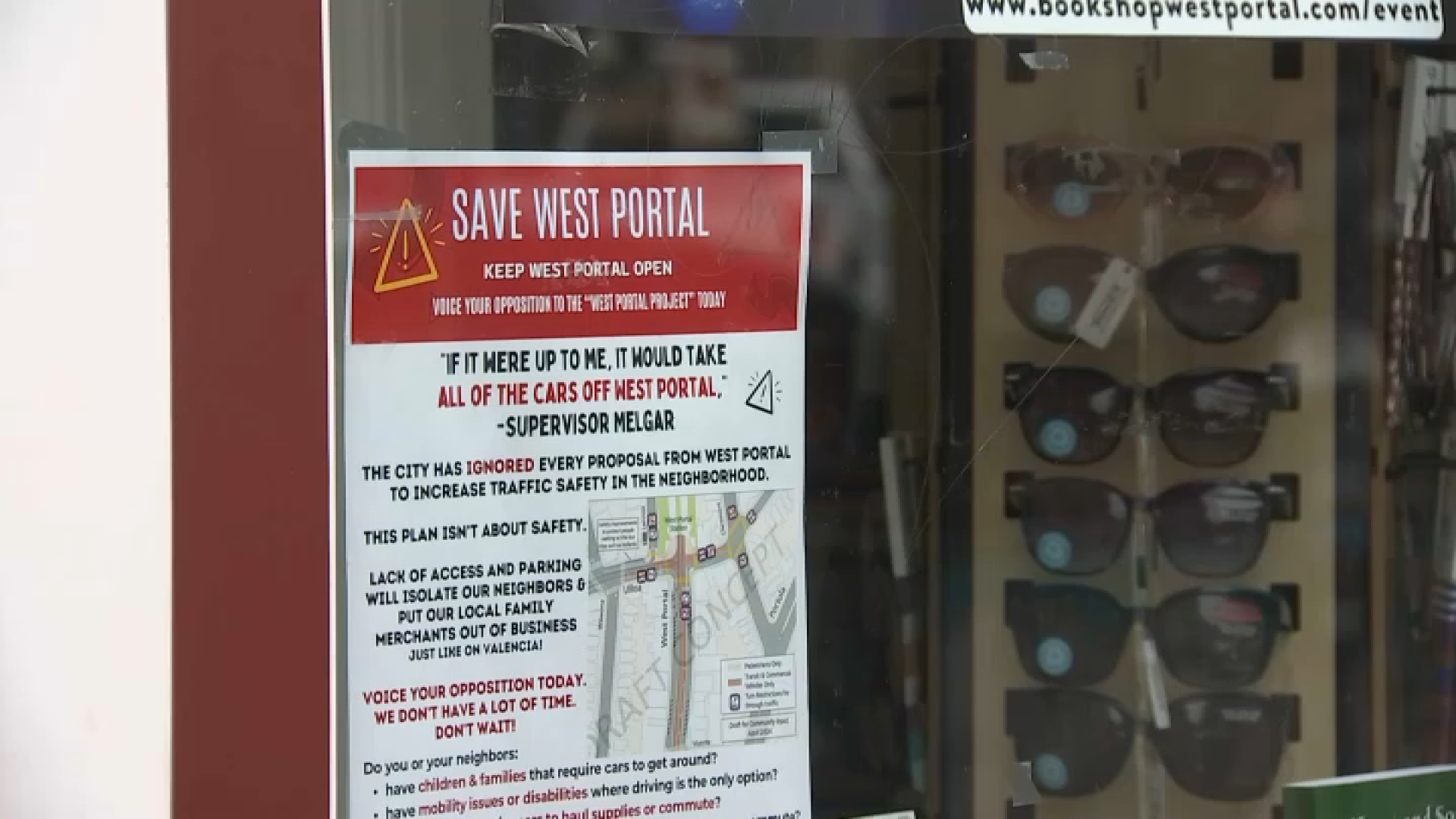A state Assembly committee will decide Thursday the fate of legislation seeking to improve the seismic safety of public schools.
Senate Majority Leader Ellen Corbett, D-San Leandro, and other supporters of SB 1271 will appear before the Assembly Appropriations Committee for one last push to persuade the committee to pass the measure.
The bill would require a panel of independent experts to assess internal reforms made at the Division of the State Architect in response to two highly critical audits from the California State Auditor.
The group also would make recommendations on new rules and laws needed to bolster the office's enforcement of the Field Act, California's landmark building code and earthquake safety law for public schools.
In late March, Corbett introduced the legislation, which quickly passed through the Senate with support from school inspectors, construction representatives, school district officials and lobbyists.
But the measure has stalled in the Assembly. Last week, Assemblyman Felipe Fuentes, D-Arleta, outgoing chairman of the Assembly Appropriations Committee, didn't allow the committee to vote on the bill after a Department of Finance official told committee members that the bill would hamper transparency and usurp the authority of other state bodies.
An Aug. 2 analysis of the bill from the finance department also questioned the need for a review.
Local
"While the author's office states that DSA has not effectively enforced the Field Act, Finance is not aware of any information that would indicate this to be the case," the analysis states.
Corbett said she found the finance department's opposition "curious" and said she strongly disagreed with its stance. The Department of Finance was among several agencies that received the December and May reports from the California State Auditor.
Corbett also said her bill doesn't interfere with other state bodies or hamper transparency. She said she called the finance department to express her concern over the analysis and had a staffer share portions of the state auditor's reports on the state architect to help clear up any confusion with finance officials.
"We need to make sure that going forward that we always do have people in place to make sure the standards are followed and schools are safe," Corbett said. "It is very appropriate to have an oversight function to ensure that structural safety of all of the facilities that have thousands and thousands of children in a state that is known to be seismically active."
Yesterday, Department of Finance officials provided California Watch with a new analysis with the sentence about the architect's office's enforcement of the Field Act removed. Chris Ferguson, a manager of the education unit at the finance department, said the writer of the analysis didn't possess "complete information" before drafting the Aug. 2 document.
According to the revised version of the analysis, the department continues to oppose the legislation, but now on the grounds that the state architect's office already is reforming its procedures.
Corbett's bill dies if it isn't passed by the committee today. The legislative session ends Aug. 31, and today is the last day for the Assembly Appropriation Committee to act on held bills.
Ben Golombek, spokesman for Fuentes, said the decision last weekto delay a vote is routine for all bills projected to have annual administrative costs above $150,000. Golombek said he could not comment on whether Corbett's bill would be put to a full vote today.
Corbett said she sponsored the bill in response to a California Watch series about the seismic safety of public schools and two reports from the Bureau of State Audits.
The California Watch investigation found that the state architect's office routinely failed to enforce the Field Act and allowed children and teachers to occupy buildings that had been flagged by engineers and inspectors for serious structural flaws and potential safety hazards.
More than 16,000 school projects lack Field Act certification, and at least 59,000 more have yet to be fully reviewed by the state architect’s office to identify their Field Act status. Roughly 42,000 students attend schools with unresolved safety issues, California Watch found.
The investigation also found that for the past five years, the Division of the State Architect routinely destroyed key documents that might have shed light on its lax enforcement of earthquake safety standards – despite a binding agreement it had with the State Archives to preserve public records.
State auditors in December concluded the state architect's office's oversight of school construction was neither comprehensive nor effective and put schools at risk. A second audit released in May found flaws in the office's process for ensuring schools were built according to approved building plans.
View this story on California Watch
This story was produced by California Watch, a part of the nonprofit Center for Investigative Reporting. Learn more at www.californiawatch.org.



